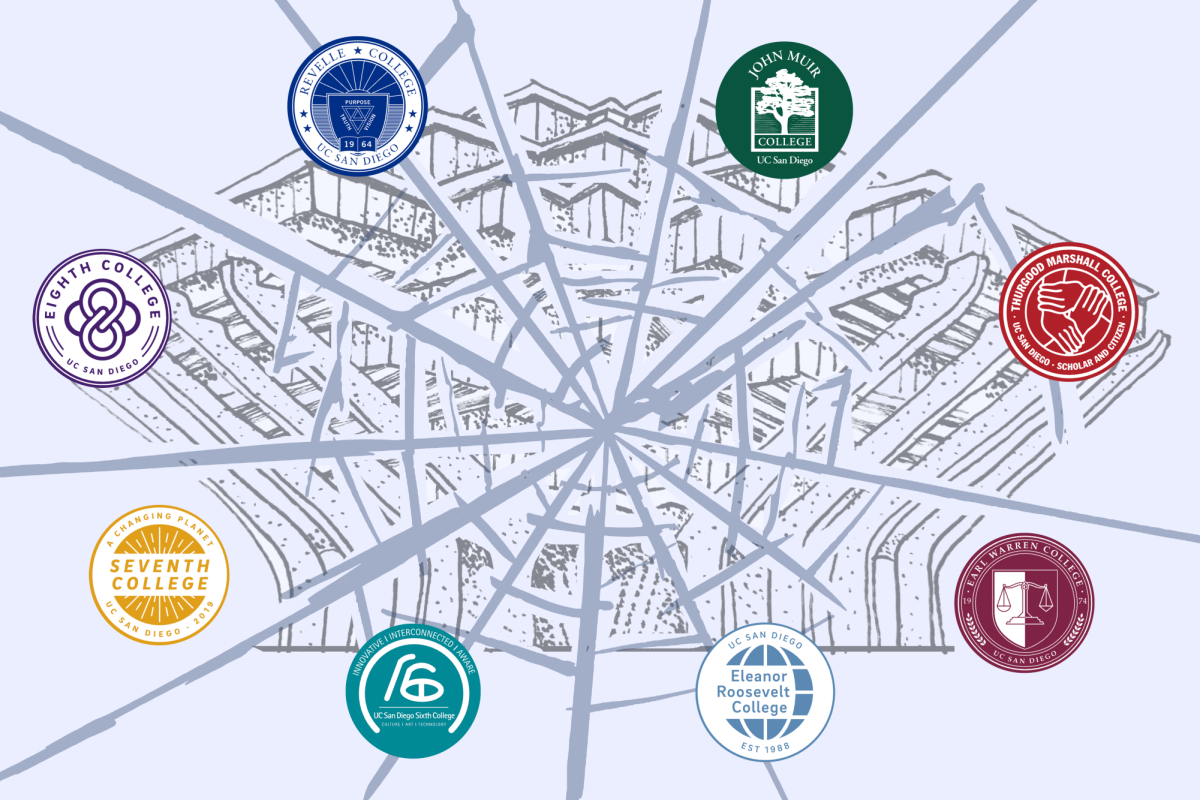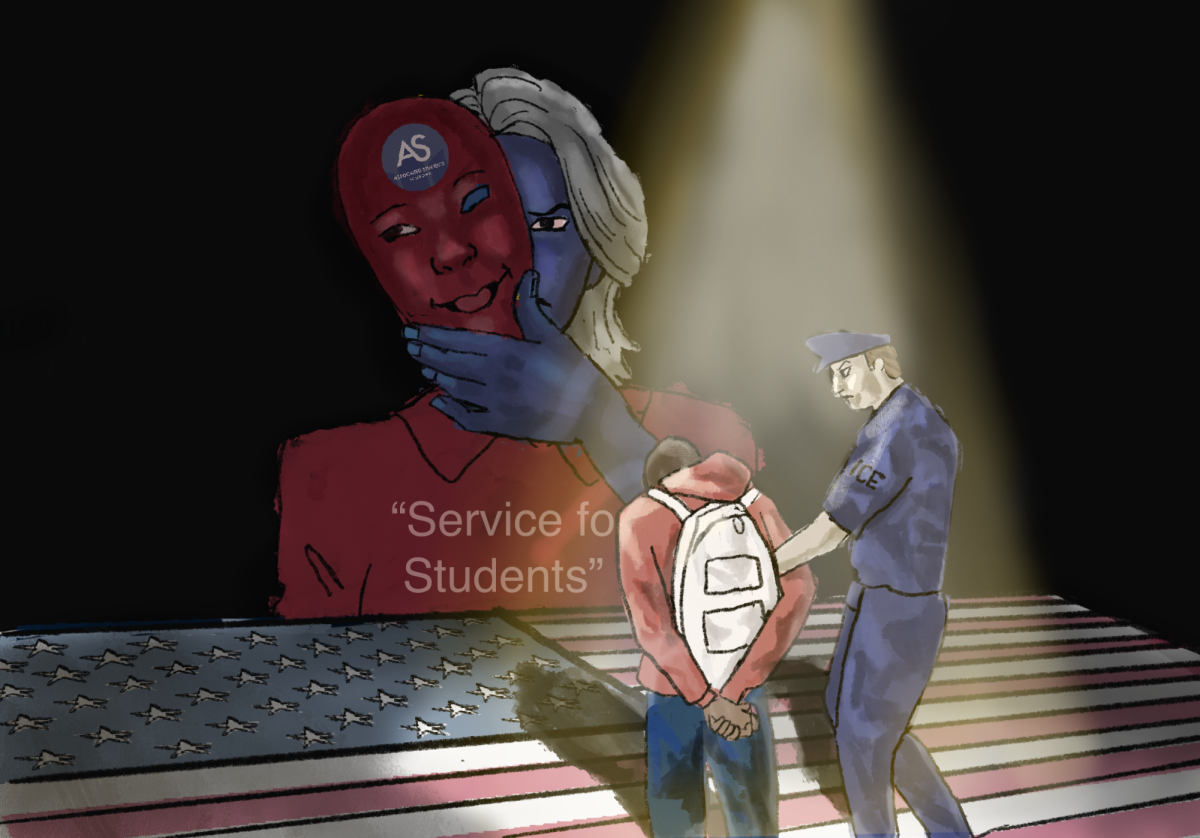Sometimes it can be easy to forget where we are: at school.
Especially when living on campus, amid all the fun and games occurring at UCSD — maybe I am just thinking about sleeping and skipping class — it’s easy to forget that we are at an institution of “”higher learning,”” and that above all it is the classroom education that we are here for.
So, keeping in mind that the top priority at UCSD is supposed to be learning, the recent decision to shorten passing periods between classes from 15 to 10 minutes is not really as big an issue as its detractors make it out to be.
Five minutes is not that much time to lose between classes, but in the big picture, those minutes add up. By tightening the class schedule, UCSD can open up one whole new lecture period, which new professors, classes and students can certainly put to more use than a measly five minutes at a time.
There are undoubtedly other things we could be more concerned about that are happening at our school than the departure of those five minutes.
For the last four years, students have had the luxury of an extra few minutes to stroll between classes, stop to chat with friends or get a quick bite to eat. But the fact is, every other UC campus gets by on a 10-minute passing period.
And in fact, UC Santa Cruz actually has 70 minute class periods, which made me feel a little better about sitting through a 50-minute lecture.
Those extra five minutes are nice, I will admit. But there are plenty of times that I found myself getting out of class at Peterson Hall to head for Solis Hall, only to find that I had an extra 10 minutes to sit around and wait for class to begin.
The reality is, UCSD is in the stages of trying to accommodate more and more students, and changes simply have to be made to alleviate the crunch for space.
According to David Miller, associate vice chancellor of academic planning and resources, UCSD admitted 1,000 more undergraduate students than last year for the fall 2001 quarter, and Miller expects just as many next fall.
“”Somewhere, we must therefore find about 8,000 new seats, distributed among all sizes of lecture rooms at all hours,”” Miller said. “”The 10 minute walk provides some immediate relief by utilizing some existing seats more often.””
UCSD’s total undergraduate student enrollment was 16,496 in 2000 and continues to grow. Ultimately, the growth means either making room for new students, or having to turn away more applicants.
In order to fill the new classroom space provided by the extra lecture periods, UCSD will also have to provide new professors to teach the expanding student body, and Miller said that new staff will be provided to accommodate the needs of students.
“”The primary goal is to make sure that students can get the classes that they need, and are not just all placed into larger courses,”” Miller said. “”New sections should be opened up.””
Shortening the passing periods to 10 minutes is not just a way to torture students by making us walk faster between classes; there is an academic purpose to the change.
Miller stressed that the schedule change is only one of several administrative actions planned to increase classroom availability. Construction of more lecture halls is a possible future addition.
But in the mean time, the added lecture period will provide more flexibility, and the shortened passing time between classes is one of many sacrifices that have to be made.
Unfortunately for a lot of us, getting the classes we need also means having classes very early or late. But it hardly makes sense to have empty lecture halls sitting around for so much time when they could be used to house a larger number of classes.
“”There has been a sharp rise in utilization of lecture halls at 8 a.m. and between 5 and 6 p.m. in just the past two years,”” Miller said. “”I think we will approach 80 to 100 percent utilization of some of these lecture halls at these times very soon.””
UCSD is a rapidly growing school and there are a number of predicted problems resulting from increased enrollment, such as the shortages in parking and housing.
Education should be the top priority at any school, however.
Losing five minutes between classes means not being able to stay after class to chat with professors, but that is what office hours are for.
Although we may pay the price for convenience, what we gain is a wider array of classes from which to choose and a fuller, richer and more physically fit student body.







